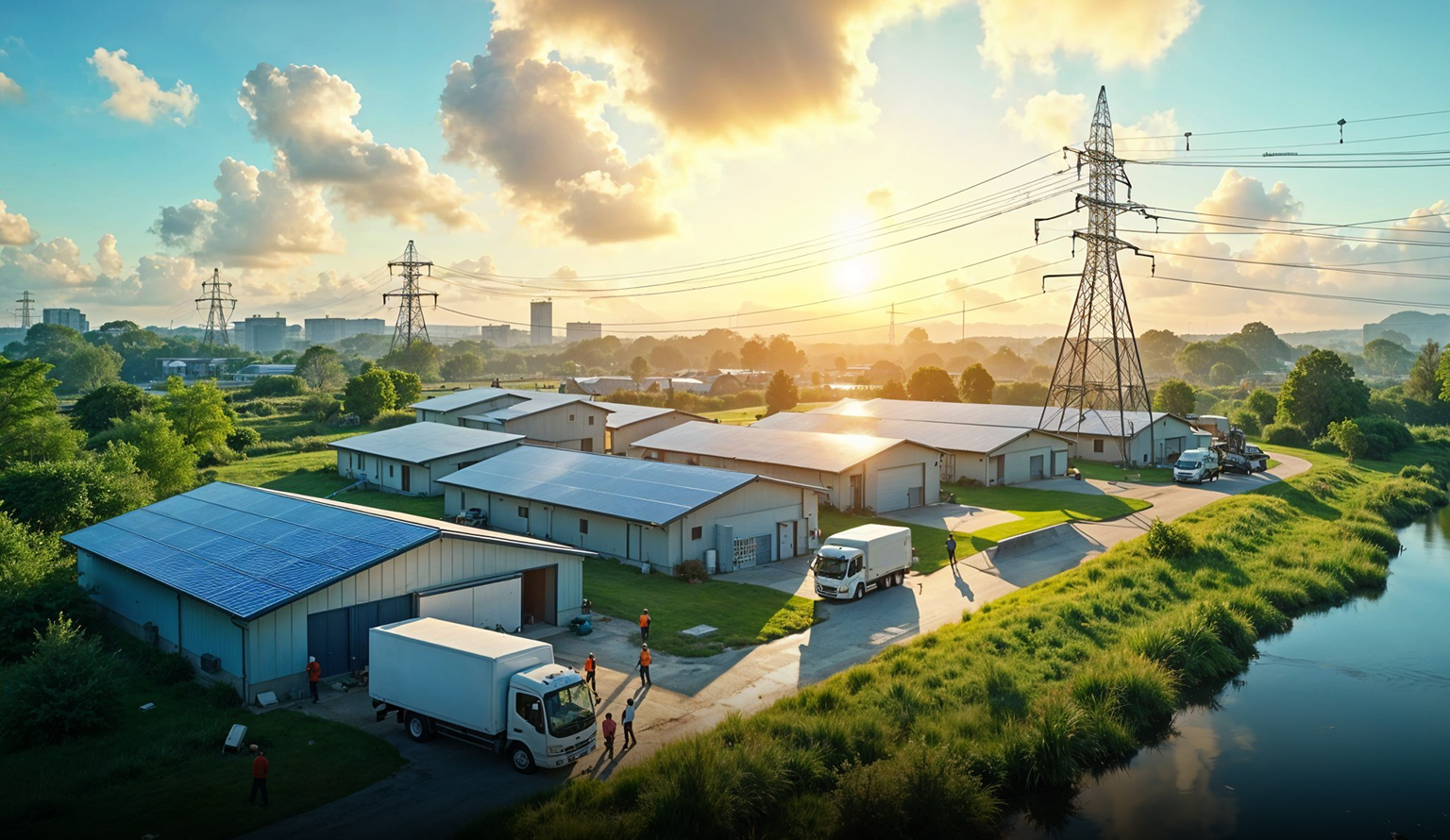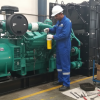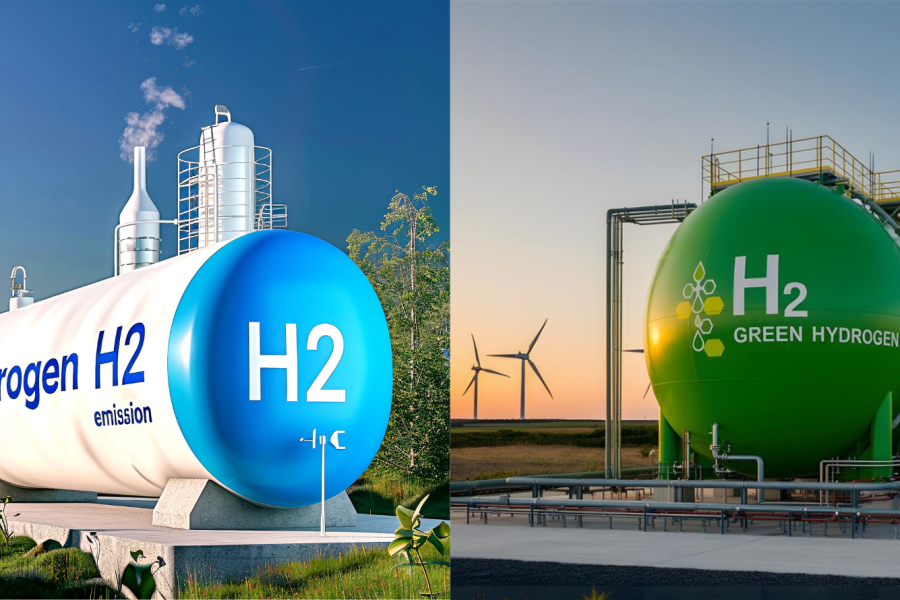India’s manufacturing sector is a key driver of the economy, with power transmission infrastructure playing a vital role in fueling industrial growth. The government has allocated approximately USD 36.74 billion (around INR 3 lakh crore) through initiatives like the Revamped Distribution Sector Scheme, emphasizing the significant economic potential of infrastructure development. Micro, Small, and Medium Enterprises in India (MSMEs) have become essential contributors, particularly in addressing the challenges within the power transmission sector. But how do these small enterprises, often overlooked, impact such a vital sector?
Understanding EPCs and MSME Contributions
Engineering, Procurement, and Construction (EPC) companies support infrastructure development, executing large-scale projects that demand precision and efficiency. These projects rely heavily on a network of smaller suppliers for key components, with the MSME sector playing an important role in supporting them.
MSMEs manufacture transformers, insulators, and circuit breakers essential for power transmission systems. Their agility, cost-effective production, and ability to deliver custom solutions make them indispensable in the value chain. A number of MSME companies are also involved in the on-ground execution of such projects thereby providing cost-effective and timely solutions. These enterprises fill the supply gaps, ensuring a steady flow of components for projects that aim to modernize India’s power grid.
Addressing Power Transmission Challenges Through MSMEs
India’s power transmission sector is evolving, with the MSME sector contributing significantly to addressing challenges like outdated infrastructure and grid modernization. Their innovative solutions are driving progress and building a stronger, future-ready network.
- Inadequate and Aging infrastructure
India’s current power grid infrastructure is aging and struggling to meet global standards. To achieve 50% renewable energy capacity by 2030 and net-zero emissions by 2070, significant upgrades are required. The MSME sector, through its agile and cost-effective manufacturing processes, provide components that enable faster replacements and upgrades, minimizing downtime and grid instability. - Land Acquisition Bottlenecks
Building substations and transmission lines require large, contiguous tracts of non-agricultural land, often delayed by bureaucratic red tape. The industry is increasingly adopting GIS (Gas-Insulated Substation) technology, which requires 30% less land compared to AIS (Air-Insulated Substation). MSMEs are instrumental in providing sub-system components for these compact substations, aiding faster deployment. - Grid Instability and Renewable Integration
The integration of renewable energy sources like solar and wind can cause grid instability, as these sources are inherently intermittent. Decentralized solutions such as microgrids, supported by MSME led execution can help stabilize the grid and ensure uninterrupted power supply.
Upskilling Indian MSMEs: Preparing for an Evolving Landscape
To fully capitalize on their potential, MSMEs must upskill their workforce to meet the demands of a rapidly evolving energy sector. The transition to renewable energy and smart grids necessitates expertise in new technologies, project management, and regulatory compliance.
- Skilling in Renewable Assets
MSMEs must develop capabilities and ensure continuous on-the-job training to install, operate, and maintain renewable energy infrastructure. This includes expertise in energy storage innovations, such as lithium-ion and flow batteries, which are needed to deliver round-the-clock power. MSMEs should utilize various government schemes and partner with industry associations such as SCGJ for the same. - Grid Automation and Smart Technology
Smart grids and IoT-enabled systems are becoming mainstream, demanding MSMEs to adopt advanced manufacturing processes. Training in grid automation technologies ensures they remain competitive in delivering components for modernized power infrastructure. Multiple schemes and innovative financing options available can be utilized to modernize their manufacturing processes. - Regulatory and ESG Integration
As India aligns with global sustainability goals, Indian MSMEs must integrate Environmental, Social, and Governance (ESG) practices into their operations. This includes understanding international regulations, adhering to compliance standards, and contributing to India’s net-zero ambitions. Partnering with other MSMEs, especially in their own clusters, will help reduce cost in adopting such measures which will also yield positive results in the long run. - Project Management Expertise
Efficient project execution depends on skilled labor and strong management. MSMEs need to enhance their project management capabilities to ensure timely delivery and alignment with the larger goals of EPC projects.
Government Initiatives and Collaborative Opportunities
India is taking a collaborative approach to addressing its power infrastructure needs by partnering with private enterprises, including MSMEs. Schemes like the Revamped Distribution Sector Scheme (RDSS) and the PM Suryaghar Bijli Yojna offer financial and policy support, enabling MSMEs to participate actively in large-scale projects.
The National Infrastructure Pipeline (NIP), which plans a ₹4.75 trillion investment in transmission and distribution by 2027, presents enormous opportunities for MSMEs to contribute to interstate and intrastate projects. A significant portion of this funding is dedicated to underground cabling, driving an increasing demand for specialized components, many of which can be produced by MSMEs.
Indian MSMEs will play a transformative role in the country’s journey toward energy independence and sustainability. Through their contributions to power transmission and a focus on upskilling and adopting advanced technologies, they are emerging as key drivers of growth.








